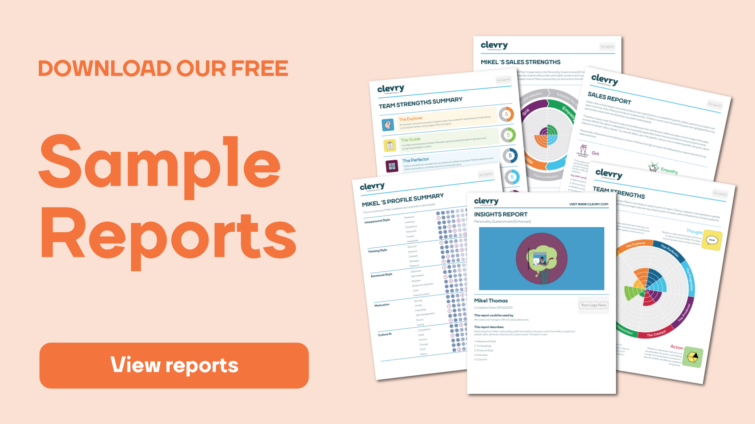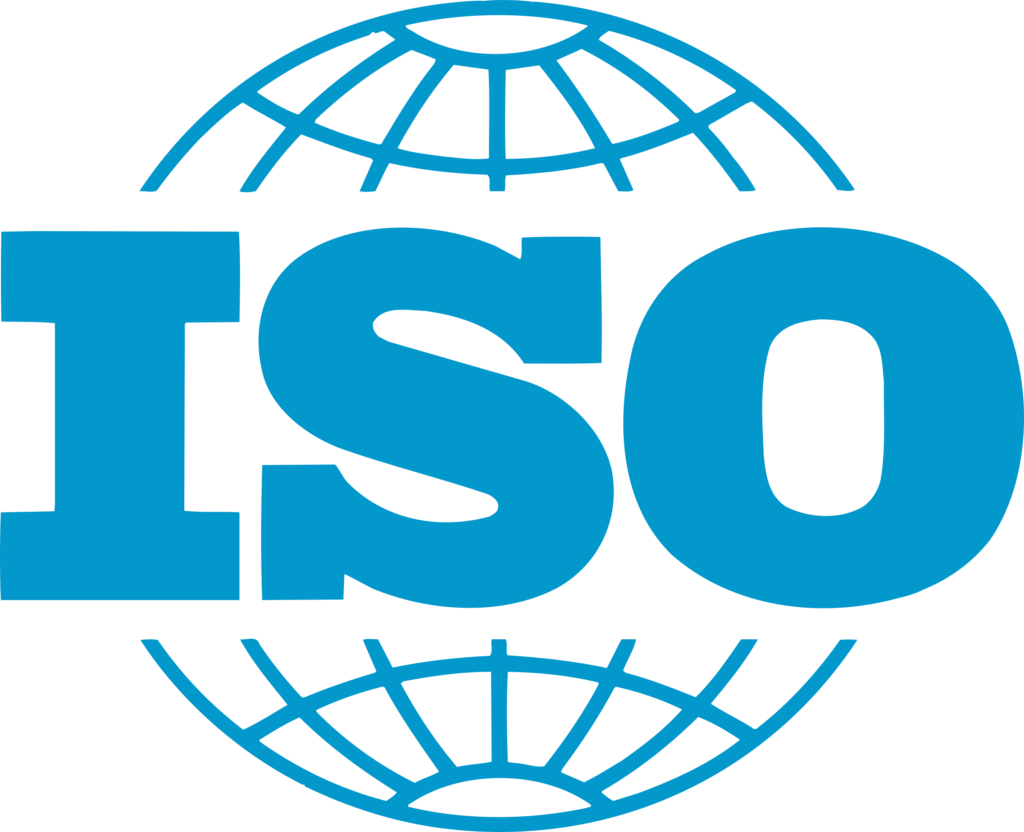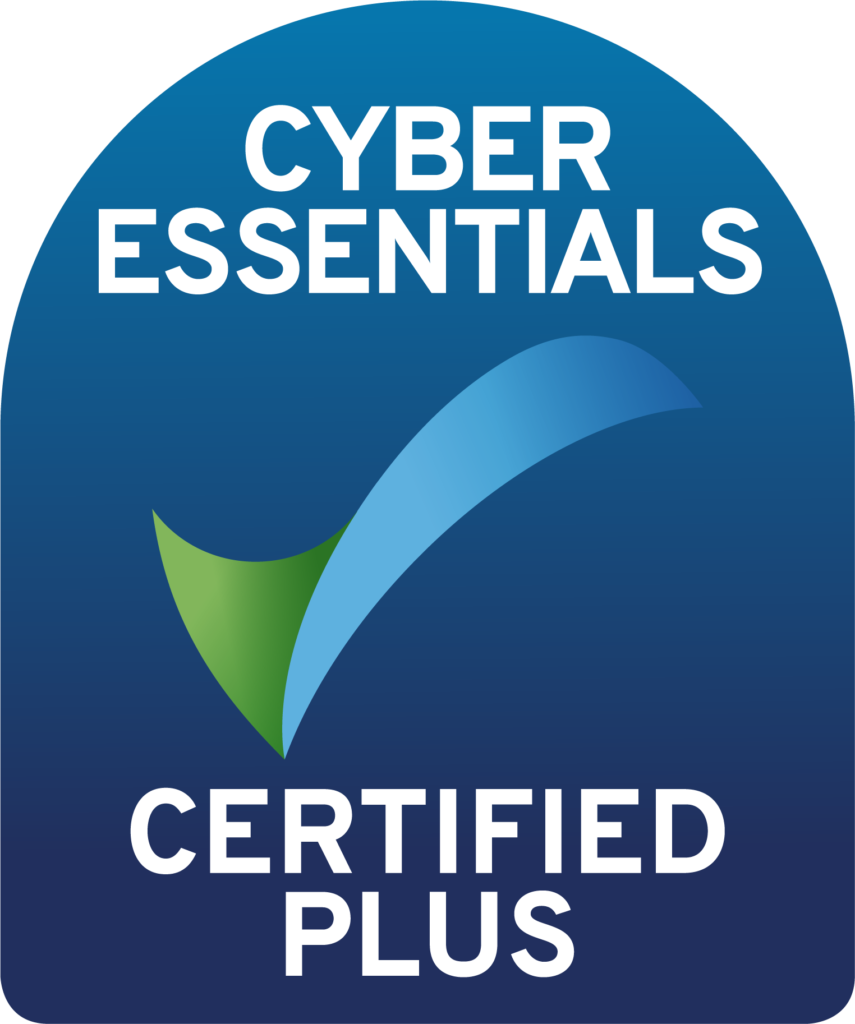What is a structured interview?
A structured interview is when the interviewer will ask a standardised set of questions in a standardised order. The interviewer will then collect candidate responses and grade them against some form of scoring system. Asking the same set of questions in the same order across all candidates can help interviewers become more consistent, reduce errors and ultimately make better hiring decisions.
Originally, structured interviews were developed for qualitative research purposes, but today they are becoming more and more used in the hiring process.
Benefits of a structured interview
- Interviews are more consistent across allcandidates, helping to reduce errors
- More efficient use of time during the interview – you can ask thequestions thatreally matter toyour business
- The interview will have less chance to be affected by the personal biases of the interviewer
- More efficient when selecting final candidate for the role as their answers will be much easier to compare vs an unstructured interview
Why do structured interviews work?
Organisations use both structured and unstructured interviews to select individuals. Unstructured interviews do not cover preset topics but rely on the intuition of the interviewer to explore the candidate’s suitability.
Research conducted over many years consistently suggests that unstructured interviews are considerably less effective at predicting job success than structured interviews.
Structured interviews:
- Have a clear purpose
- Are properly prepared to expose evidence that is relevant to performance
- Use carefully thought-out questions that encourage candidates to be open and honest
How a structured interview works
Structured interviews enable us to make an effective prediction of a candidate’s likely performance in the role. The interview consists of a series of past-tense, concrete questions which require the candidate to provide evidence of real life performance from their previous experiences. It is this kind of evidence that has been found to effectively predict actual job performance.
The style of questions also makes it harder for the candidate to engage in impression management and present an ideal picture of themselves, which does not subsequently reflect their actual performance in the role.
Role and responsibilities of an interviewer
You have a number of key responsibilities to ensure that the interview performs effectively and results in the right selection decisions:
- Conduct thorough and accurate assessments of candidates
- Avoid falling into common interviewing errors
- Treat all candidates fairly
- Communicate positive and realistic messages to candidates about the role and business
How to structure an interview
It is important to use the same structure for all interviews as this will enable fair comparisons between candidates. You should aim to talk for no more than 25 % of the time. Set the candidates expectations that they will have to do most of the talking in the interview by getting the candidate talking as soon as possible.
The interview should follow this structure:
Introduction
Begin by describing the purpose of the interview. To find out what the candidate has done in the past in order to evaluate their suitability for the role and to give them the chance to find out more about the business.
Set the agenda
Explain that you will use a structured approach to explore their past achievements in order to anticipate how they may perform in the future. Ask them to save their questions for the end of the interview. Also let them know if you intend to take notes during the interview so that they are not distracted.
A broad statement such as the one that follows sets the scene well:
“Thanks for coming along today. I have been looking at your application and I’m interested in exploring some of your achievements in more depth, to understand how you did things and why. I’d like to talk through your achievements in quite a structured way so that I can get a clearer idea of your likes and dislikes, as well as your capabilities. None of my questions are intended to trip you up. I am solely interested in your honest descriptions of what you have done in the past and why, so try to think of concrete examples in response to the questions. I will be taking notes during the interview and I will leave time at the end of the interview for your questions. Is that OK?”
Build rapport
Rapport should be established early on in the interview structure and then maintained through the remainder of the discussion. This technique is explored in greater depth in the next section.
Explore the candidate’s experience
The main part of the interview is spent exploring the candidate’s suitability for the role. This involves asking past-tense, concrete questions to identify areas of strength and concern in terms of the role. The interview guide provides a structure for this exploration as well as information you can use to make effective use of the time available.
If you’re interested in reading more about mastering interviewing check out some of the other blog posts in the series, including; how to develop strategic interview questions to ask candidates, how to be a good interviewer and avoiding rude interviewer habits.



